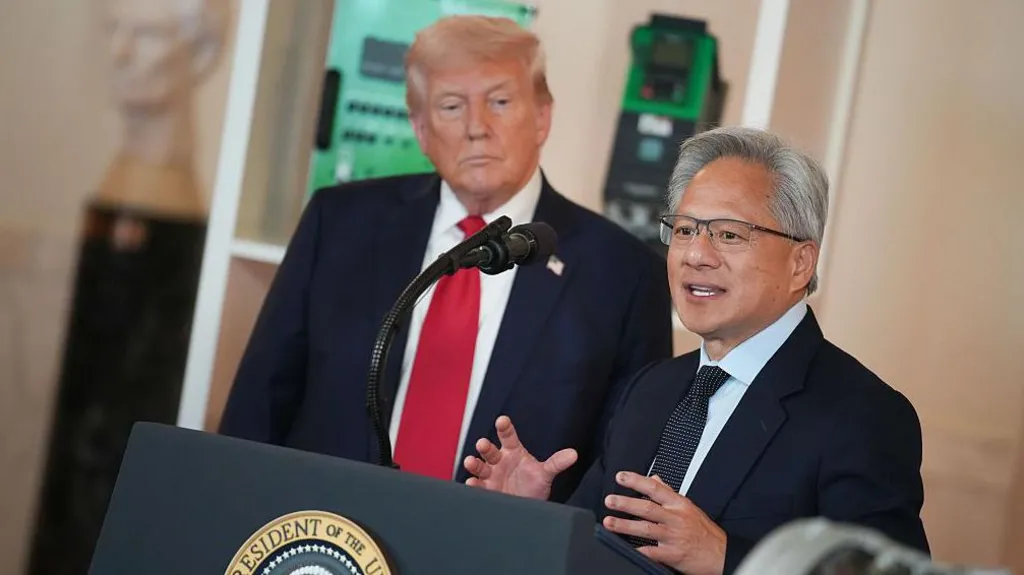Philippines Cancels Massive Chinese-Led Airport Project
President Duterte has surprisingly little to show for his much-vaunted “pivot to China.”
A Philippine province has officially put the nail in a decision to award a $10.2 billion airport development project to a consortium led by a Chinese firm that was recently blacklisted by the U.S. government.
The consortium of the China Communications Construction Company (CCCC) and the local MacroAsia conglomerate was the only bidder in the 2019 auction for the construction of the Sangley Point International Airport in Cavite province.
The project, which will involve the expansion of an existing airport and extensive land reclamation in Manila Bay, is intended to ease congestion at Manila’s chaotic Ninoy Aquino International Airport.
In a January 27 statement, Cavite Governor Juanito Victor Remulla said that the deal had been spiked due to “various deficiencies” in the required documentation. He said his office had approved the cancelation of the project, adding that it would seek to restart the airport project with a “more qualified partner by October 2021.”
Diplomat Brief Weekly Newsletter N Get briefed on the story of the week, and developing stories to watch across the Asia-Pacific. Get the Newsletter
“I still believe that the new international airport is important for the country in the long run,” Remulla said in the statement.
Enjoying this article? Click here to subscribe for full access. Just $5 a month.
Remulla later told the Reuters news agency that the consortium’s documentation was “deficient in three or four items,” which his office saw “as a sign they were not fully committed.”
The gargantuan Sangley airport project has previously attracted criticism. In September of last year, the chief of the Philippines Navy publically voiced his opposition to the project, which would have required the relocation of an important naval base at the mouth of Manila Bay.
Vice Admiral Giovanni Bacordo said the planned relocation of the Sangley Point naval station, which faces onto Manila Bay and thence onto the disputed South China Sea, would leave the Philippine capital exposed to attack. “It is guarding the entrance to Manila Bay and Manila Bay is the center of gravity of the national government,” he said. “If Manila falls, the whole country falls.”
Bacordo also raised concerns about doing business with CCCC, one of 24 Chinese entities that the U.S. government sanctioned last August for their role in China’s dredging and construction of artificial islands in disputed parts of the South China Sea.
Shortly afterward, President Rodrigo Duterte said he would ignore the American sanctions. His spokesperson Harry Roque said that Duterte would “not follow the directives of the Americans because we are a free and independent nation, and we need investors from China.” Remulla told Reuters that the decision to cancel the project was not related to the sanctions.
The cancellation of the project indicates the difficulty that President Duterte has had in pushing forward Chinese-infrastructure projects. Since taking office in 2016, the tough-talking former mayor of Davao City has chosen to downplay tensions with China in the South China Sea in favor of tapping China for much-needed infrastructure funding under the Belt and Road Initiative.
The problem is that nearly five years on, and despite billions of dollars’ worth of funding promises, very few infrastructure investments have eventuated. While signing MoUs has been easy enough, most projects have run into problems once they have proceeded to the sub-national level, where bureaucratic hurdles and resistance from local officials has ground progress to a halt.
Part of the problem, surely, has been China’s continuing aggression and inflexibility on the South China Sea disputes, which has made it more difficult for Duterte to sell the country’s overwhelmingly pro-American political and defense establishment on a more accommodating China policy.
Part of it, too, reflects the difficulty of getting any large-scale infrastructure project off the ground in the complex, corrupt, and polycentric Philippine bureaucracy.
While these difficulties are exactly the reason behind why the Philippines desperately needs to overhaul its vital infrastructure, they have also provided an informal brake on the extension of the country’s pivot to China. There is a good chance that by the time his presidential term ends next year, Duterte’s dalliance with China will have left relatively little impact on the Philippines.












